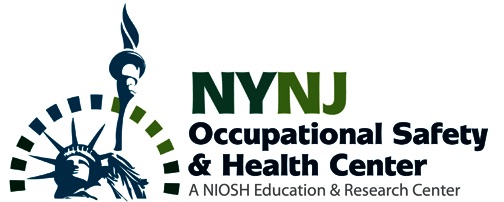We visited Carrie
Furnaces in Rankin, PA. There are two blast
furnaces remaining from the 11 that were operable on the site. Most of the steel manufacturing is not in
Pittsburgh anymore, and there are only two blast furnaces left in PA. Sam Robinson was our guide (again). He was a steel worker who worked on the site
in the 1970s. He gave us a great
overview of how steel is made, and the process that took place on the Carrie
Furnace and Homestead Steel sites.
We then went to the NIOSH Personal Protective
Technologies Lab. We were given an
overview of the research taking place at the Lab. We visited the labs that are working on transmission
of blood and virus through PPE, elbow pressure testing for blood passing through PPE, respirator fit
testing, and Ebola PPE ensemble testing for wearability. Thanks to the NIOSH
Staff for hosting us!
We are now heading back to NJ and NY. We said our goodbyes to our colleagues from Cincinnati,
as they are driving back directly from Pittsburgh. We had a great trip and have learned so much
about worker protection and safety issues.

























